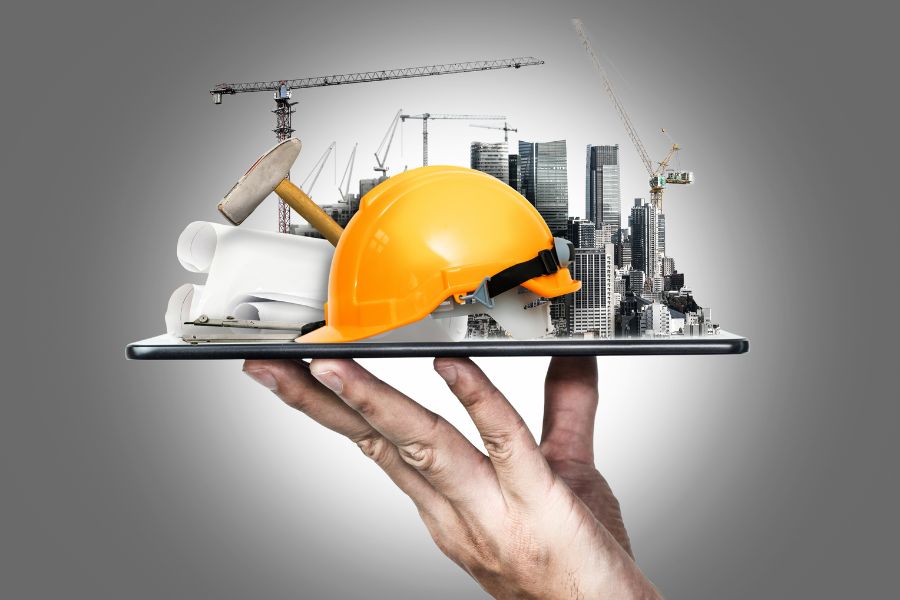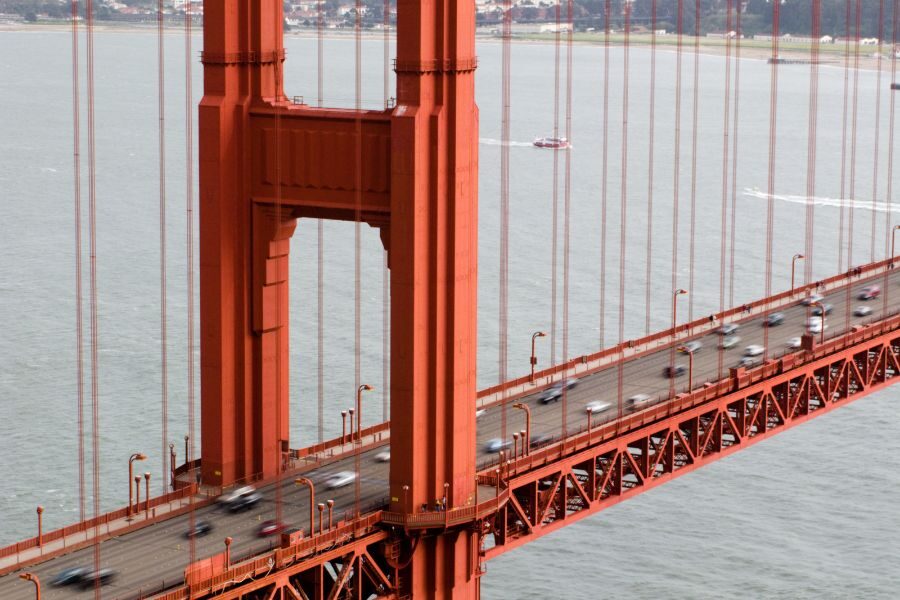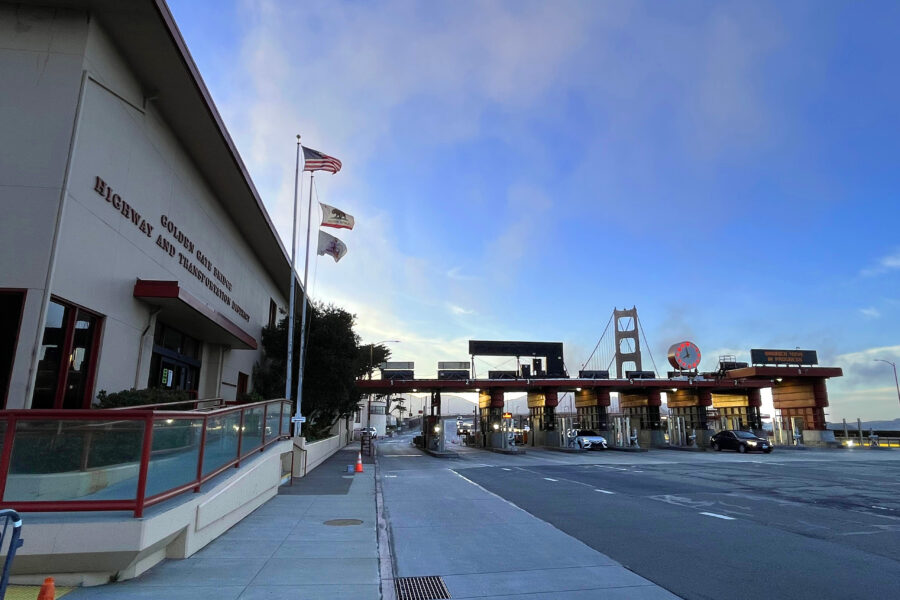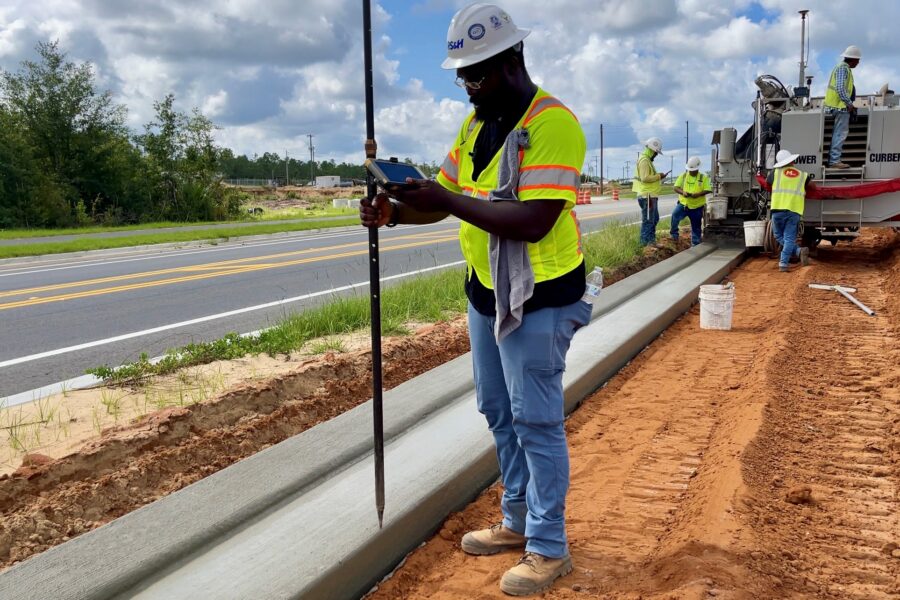3 Factors for DOTs To Consider When Leveraging the Power of Innovation

The COVID-19 pandemic has highlighted the essential role transportation assets – infrastructure, systems, and networks – play in supporting society. From ensuring the timely delivery of lifesaving supplies and equipment to mobilizing the largest vaccination campaign in U.S. history, there is no denying that departments of transportation (DOTs) across the country made a seemingly impossible time in our lives possible with what they do and how they do it.
The pandemic also showed the transportation industry how flexible and creative we can be. A lot of DOTs and state agencies were able to shift focus and expedite processes quicker to take advantage of infusions of federal funding. Design-build and alternative project delivery methods were given a closer look, as the pandemic exposed the fact that many transportation agencies are reliant on limited, diminishing forms of funding like gas taxes.
The pandemic also taught us more about the critical nature of real-time data about safety and accessibility. For those who rely on public transportation, there is a serious and significant need for more transportation options and infrastructure improvements.
As the DOTs from across the western United States reconnect soon at WASHTO 2021, enhancing the safety and accessibility of reliable transportation remains a priority. Leveraging the power of innovation can help put DOTs in the driver’s seat.
Here are three innovation factors that can help accelerate progress:
Growing Your Mindset
A growth mindset means thriving on challenges, seeing them more as opportunities. When it comes to innovation, there is no need to wait for something to fail before beginning to think about a better solution.
Growing your mindset allows you to lean into innovation by repositioning your thinking of vulnerabilities as opportunities, allowing you to act quickly and make an impact.
During the COVID-19 pandemic, our industry had to meet this head-on. Instead of work grinding to a halt, we collaborated to find ways to keep moving forward. We used technology in ways that we never believed were possible and learned that a combination of on-site and remote work is a viable alternative.
Construction projects progressed faster than expected with fewer cars on the road. For projects in the design and planning stages, we quickly found that, by holding virtual engagement meetings online, we were able to reach and hear from more voices in the communities we are serving than ever before – the extra feedback we gained has led to more equitable project design.
Incorporating New Technologies
As we recognize the vulnerabilities in the industry, we also leverage the implementation of technology to address those opportunities. For transportation design professionals, new workflows and tools emerged during the pandemic to help us design, review, and share our work with clients and the public. The results will prove beneficial even after this coronavirus pandemic subsides.
We’ve seen the increased use of Intelligent Transportation Systems (ITS) which can be implemented in traffic management for all modes of transportation. Using these technologies with real-time data is critical to addressing safety and accessibility vulnerabilities.
Data needs are also rapidly increasing, so developing broadband is fundamental to create a safer and more efficient and reliable service for connected infrastructure as well as implementing complete streets to make them accessible and safe for everyone.
The Value of Partnership
The skills needed in our industry are evolving along with our technology. There are a lot of moving parts now, and there will be even more in the coming years.
Active involvement in industry-leading initiatives to explore mobility options and technologies that can enhance travel options for users and support variability of users is fundamental for accessibility and safety.
Furthermore, participating in industry-leading events like WASHTO, where DOTs are leading change in the transportation industry, can accelerate opportunities to connect, educate, and partner for future success.
Together we can leverage the power of innovation and accelerate the opportunities to support this growth.




